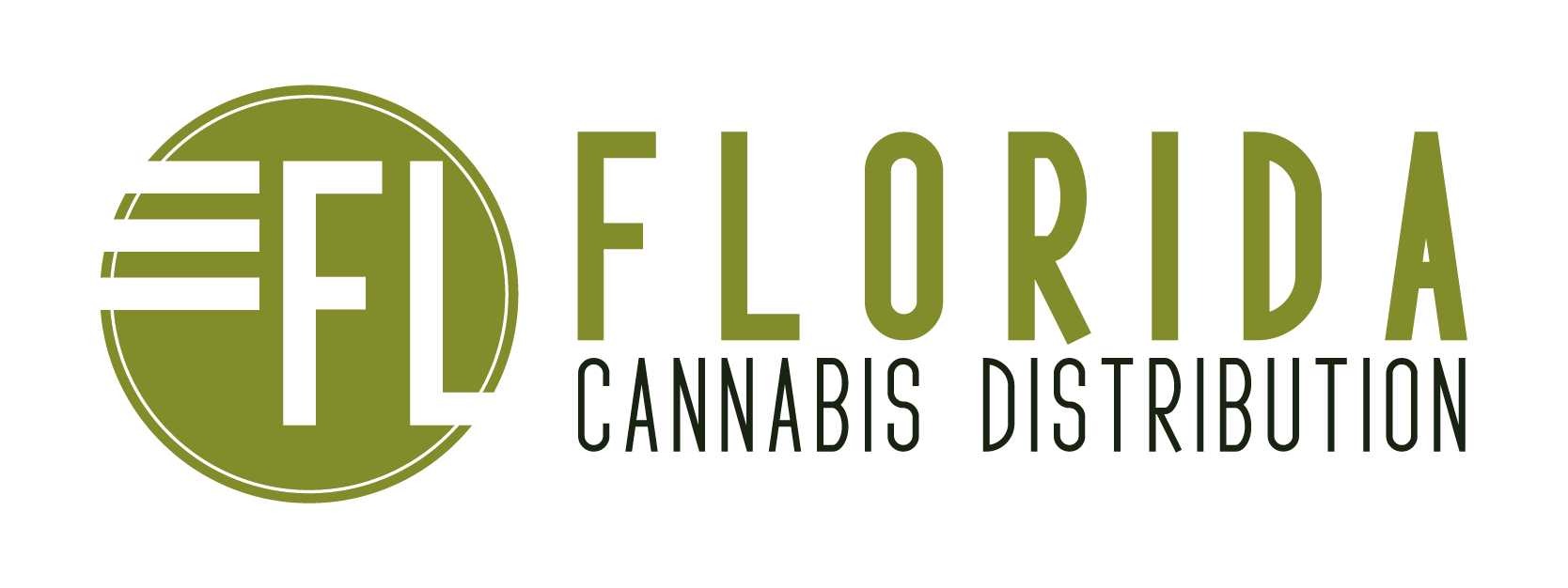In Florida, cannabis distribution—specifically via licensed Medical Marijuana Treatment Centers (MMTCs)—operates under a framework that ensures statewide patient access while balancing state-level preemption with limited local control.
Statewide “Territories” Divided by Region
Under Florida Statutes § 381.986, the Department of Health licenses MMTCs to guarantee “reasonable statewide accessibility and availability” to patients. The law mandates an initial cap of five dispensing organizations, each aligned with a major region: northwest, northeast, central, southeast, and southwest Florida. These MMTCs are authorized to cultivate, process, transport, and dispense medical cannabis throughout their region and across the state. Wholesale transactions between MMTCs are also permitted.
Caps on Dispensaries Tied to Patient Counts
Additionally, Florida law limits the total number of dispensary locations. Initially, only 25 dispensaries were allowed, distributed proportionally across the five regions based on population. This cap was designed to expand—increasing by five locations for every additional 100,000 qualified medical cannabis patients—and is set to expire after April 1, 2020. Once expired, it is expected that dispensaries will no longer face statewide numerical restrictions, effectively allowing dispensaries anywhere so long as zoning and other rules are met.
Local Government Zoning Authority
Although the state preempts most regulation of cultivation and processing, local governments (counties/cities) maintain limited zoning authority over dispensary placement. Per Senate Bill 8-A, municipalities may ban MMTCs entirely—but if not banned, they cannot impose stricter location or licensing restrictions than those applied to traditional pharmacies. MMTCs are also prohibited from locating within 500 feet of any public or private school.
Security and Location Rules
Dispensaries and transporting entities must comply with strict security and operational standards to prevent diversion. These include secure tracking systems (“seed-to-sale”), 24/7 video surveillance, two-person transport requirements, and limits on dispensing hours (restricted between 9 p.m. and 7 a.m.). However, these are statewide rules that don’t impose additional geographic limitations beyond the aforementioned 500-foot school buffer.
Judicial Challenges and Vertical Licensing
Florida’s vertical integration model—requiring licensees to cultivate, process, transport, and dispense—was successfully challenged in 2017. A court decision found the law’s restrictions created a de facto cartel by limiting the number of licensees and compelling full vertical integration. This has triggered ongoing adjustments to license availability and geographic licensing philosophy, reinforcing broader access goals.
Key Takeaways for Coordinators
- State preemption: MMTC access and operations—including transport across regions—are regulated at state level.
- Regional licensing: Initial structure grouped operators in five regions to ensure balanced coverage.
- Dispensary caps: Once restrictive, now likely expired, expanding distribution sites.
- Local zoning: Cities/counties can ban MMTCs or designate areas (e.g., >500 ft from schools) but cannot impose extra limits compared to pharmacies.
- No strict municipal territories: MMTCs may serve statewide, no rigid local-only zones, aside from general zoning or school‑proximity restrictions.
Learn More: How Data Analytics Is Transforming Cannabis Distribution Operations

